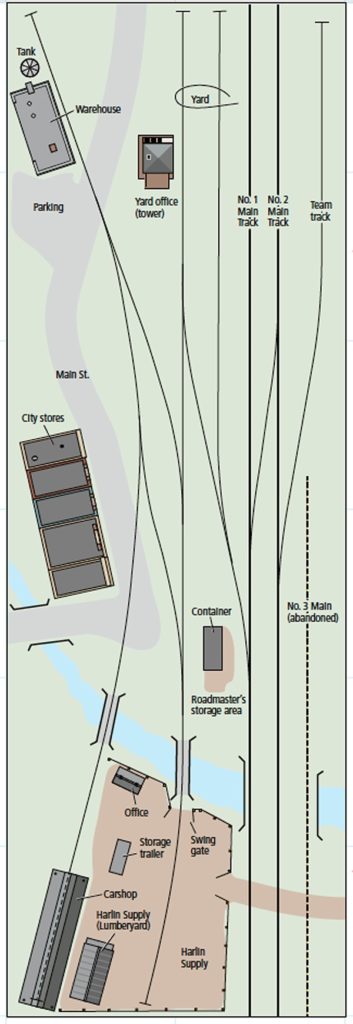
Let’s be frank, not all of us have the luxury of immense space for a massive model railroad empire. But that doesn’t mean you can’t enjoy the hobby, even in the most cramped room. By turning the pages of past issues and books by the Model Railroader staff, here are five recommendations for compact track […]
Read More…
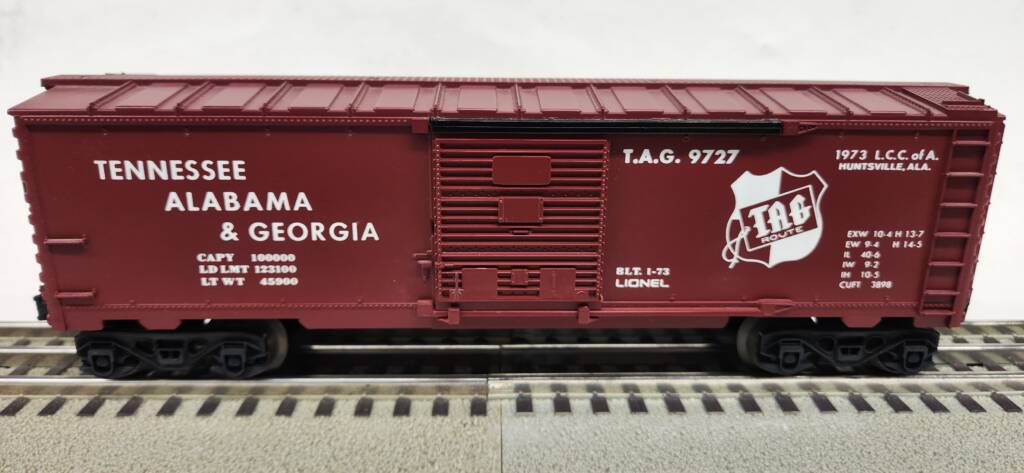
The idea of a custom run product — a manufacturer creating a special item for a retailer not sold in its catalog — is nothing new. Custom toy train products have existed for more than 100 years. “Custom run cars filled a gap in the market,” said Contributing Editor Bob Keller. “Manufacturers generally [produced products […]
Read More…
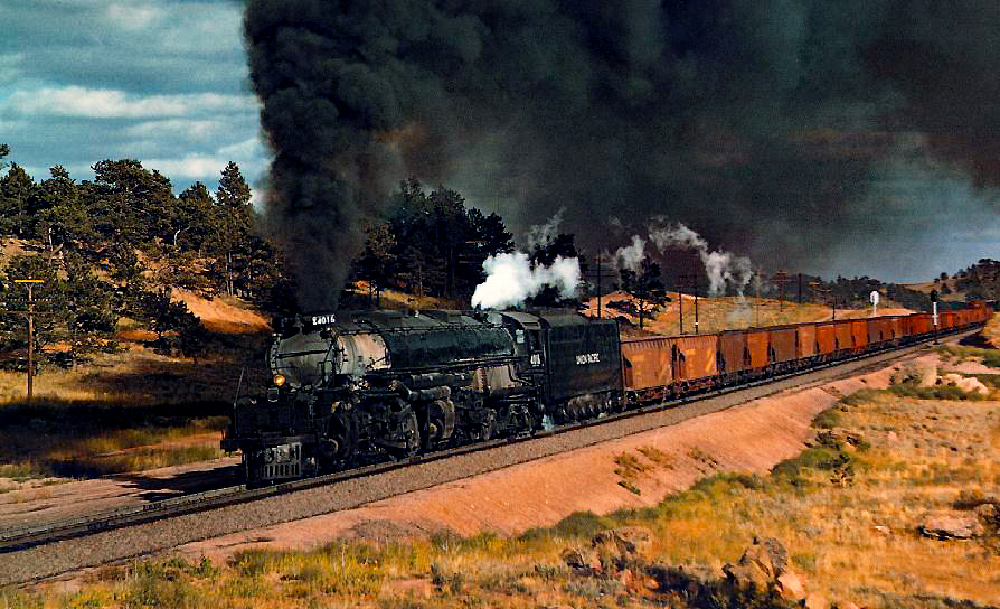
It’s a cliché to refer to a decade as a “decade of change.” In the summation of our nation’s history, what decade wasn’t a decade of change? Change is perhaps the great constant of American history, and in many ways it is that forward-looking dynamism that keeps America at the vanguard of the international community. […]
Read More…

If we are fortunate enough to have good genes, avoid fatal accidents, and escape catastrophic illness, it will come to all of us: old age. Model railroaders with huge layouts face a unique set of problems as the years pass by. There are several signs that may tell you it’s time to downsize: Half of […]
Read More…
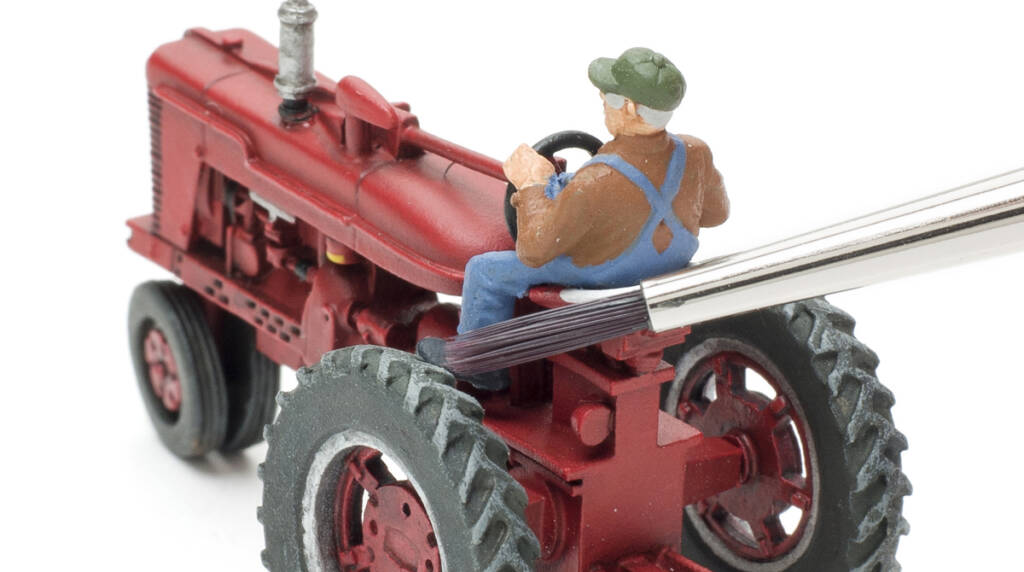
Painting is one of my favorite aspects of the hobby, though I guess that shouldn’t come as a big surprise. My father and grandfather were auto body repairmen, so painting (albeit on vehicles, not model trains) has been a part of my life from an early age. I started airbrushing model trains in my early […]
Read More…
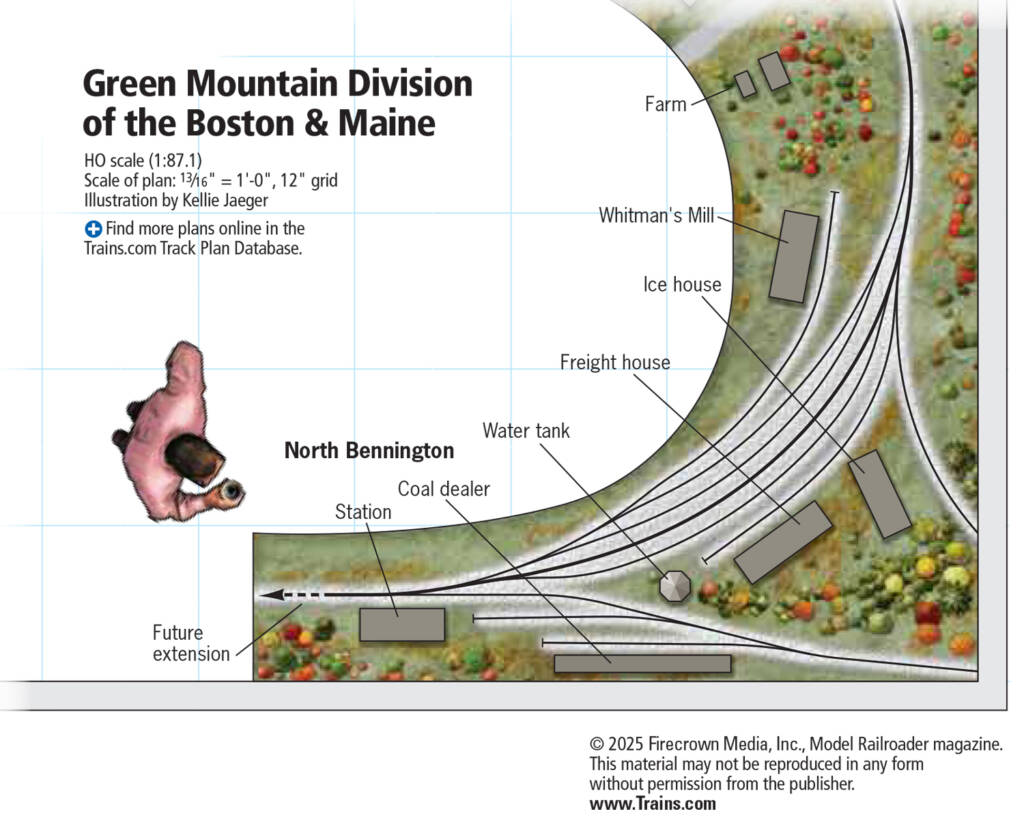
Facts and features Name: Green Mountain Division of the Boston & MaineScale: HO (1:87.1)Size: 12′-8″ x 20′-0″ plus 12′-0″ x 30′-0″ additionPrototype: Boston & Maine, Central Vermont, and RutlandLocale: VermontEra: 1950 to 1958Style: Around the wallsMainline run: 120 feet (original), 70 feet (extension)Minimum radius: 28″Minimum turnout: Hand built to fit, most no. 6 with no.4 […]
Read More…
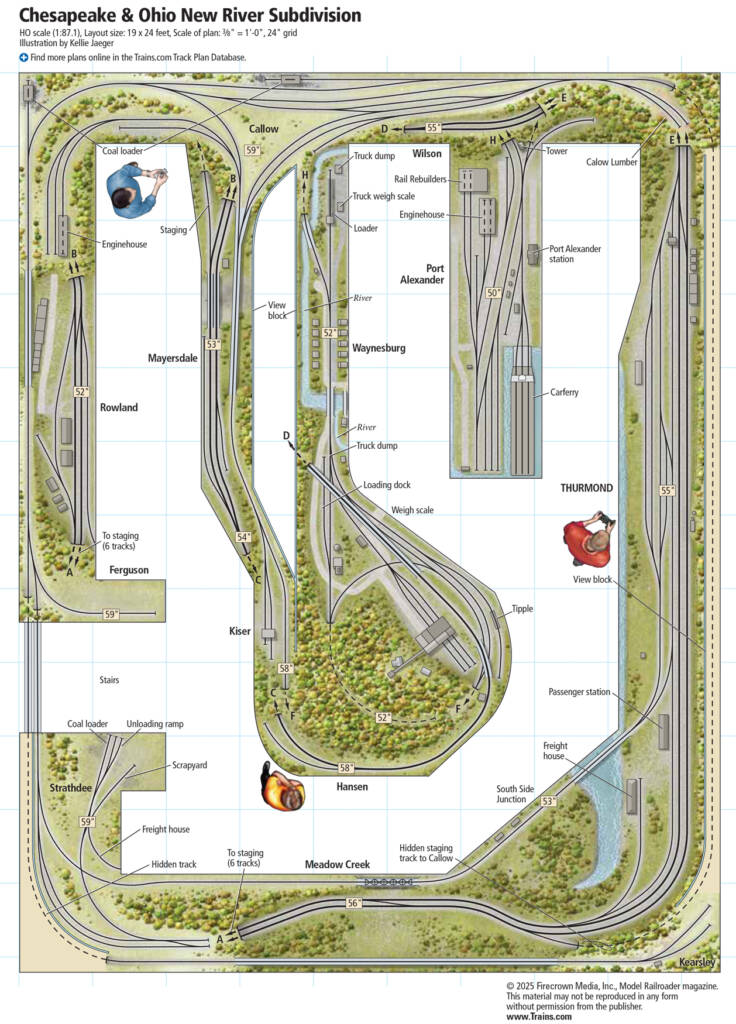
Facts and features Name: Chesapeake & Ohio New River Subdivision Scale: HO (1:87.1) Size: 19 x 24 feet Prototype: C&O New River Gorge and coal mine area Locale: Thurmond, W.Va. Era: 1957 Style: walk-in Mainline run: 102 feet Minimum radius: 30″ (24″ in Waynes-burg Mine wye) Minimum turnout: No. 6 Maximum grade: 1∕8″ per foot […]
Read More…
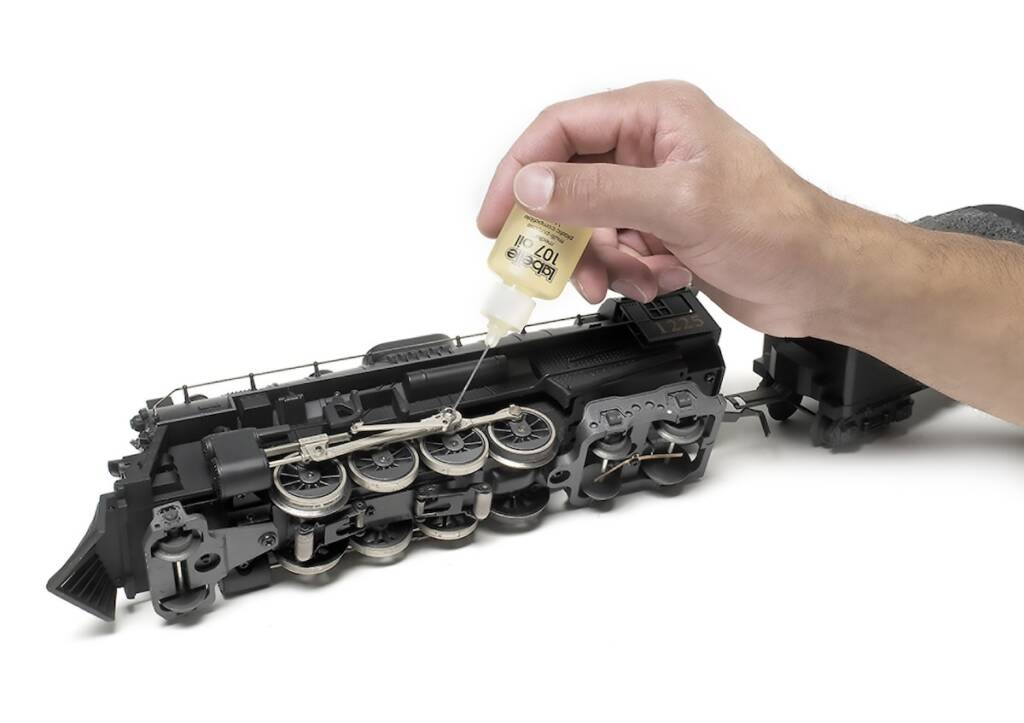
Christmas is just around the corner so it’s time to make sure seasonal train displays are ready to deliver holiday fun – toy train style! Let’s start with locomotives and rolling stock. Inspection, oil, and grease Before trying to run anything, I recommend doing a preliminary inspection. Now is the time to replace broken […]
Read More…
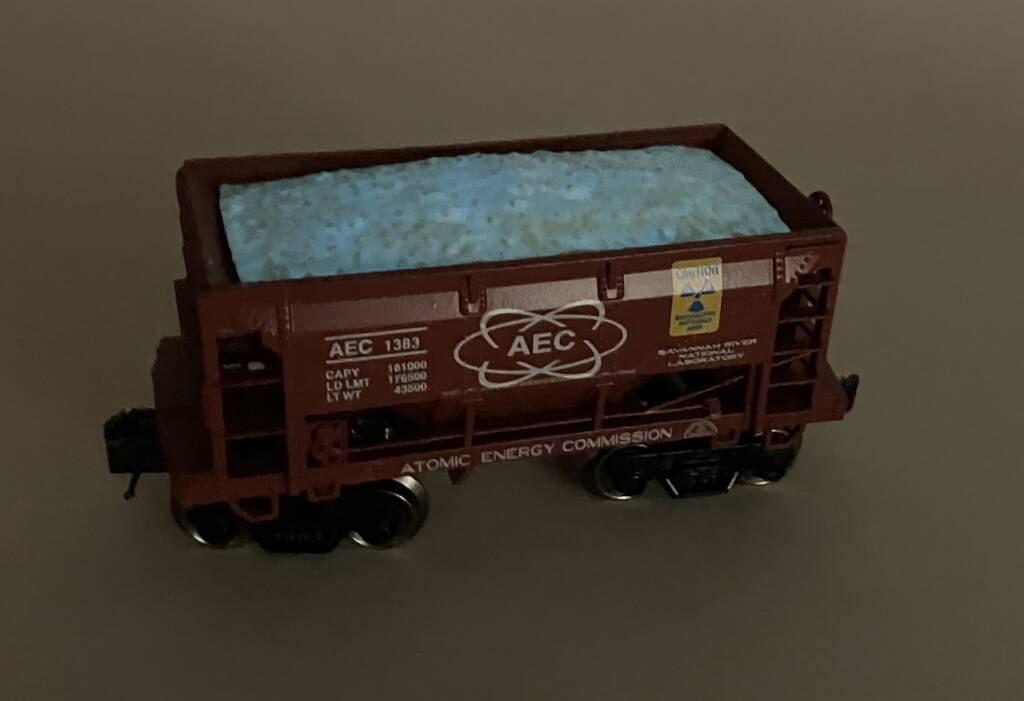
Recently, CTT received a box of rolling stock review samples from Ready Made Toys (RMT). Though, there was something about the ore car that caught my attention. The color of the simulated ore reminded me of the glow-in-the-dark acrylic paint you can purchase in craft stores. Wouldn’t it be neat to have a string of […]
Read More…

This article will help you build a simple Arduino-based DCC system. Growing up in the 1980s I was living the dream. I had an HO layout on a 4 x 8 sheet of plywood in my parents’ basement in Reading, Pa., a soldering iron, a nearby RadioShack, and a subscription to Model Railroader. My favorite […]
Read More…

Q: I’ve been trying to find the video Cody Grivno hosted a few years ago where he showed how to make a low-profile forest background using, I think, a furnace filter. I’m not talking about making furnace filter pine trees. This was more like cutting a continuous row of tree tops out of filter material […]
Read More…
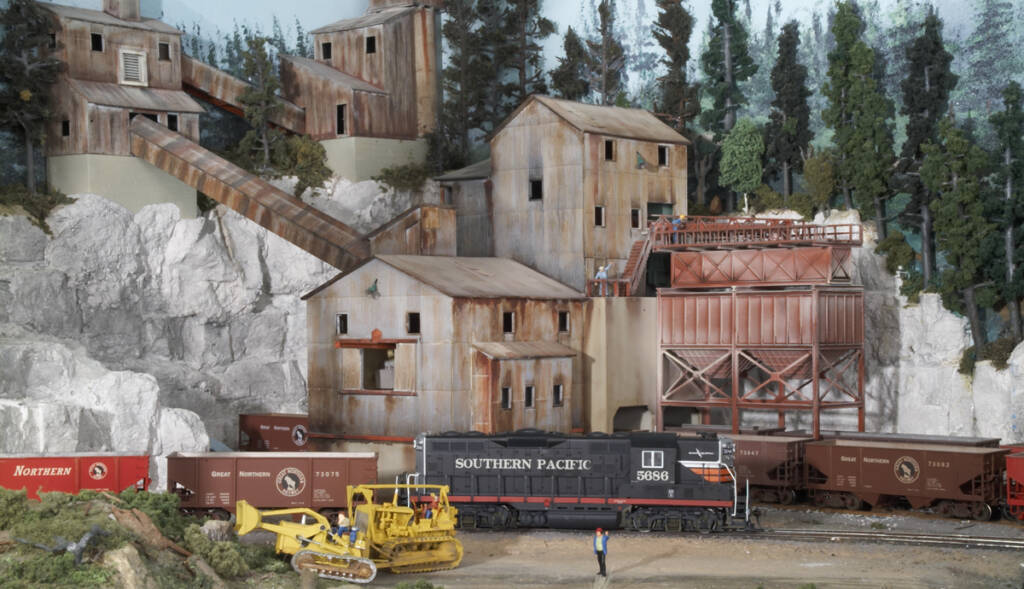
You never know where change will lead you. What started out as an attempt to fine-tune my existing HO scale layout ended with a new house and a 2,600 square-foot, four-deck model railroad – the Sunset Valley Oregon System (SVOS). I started my previous Sunset Valley (SV) layout in 1959 and worked on it for […]
Read More…












